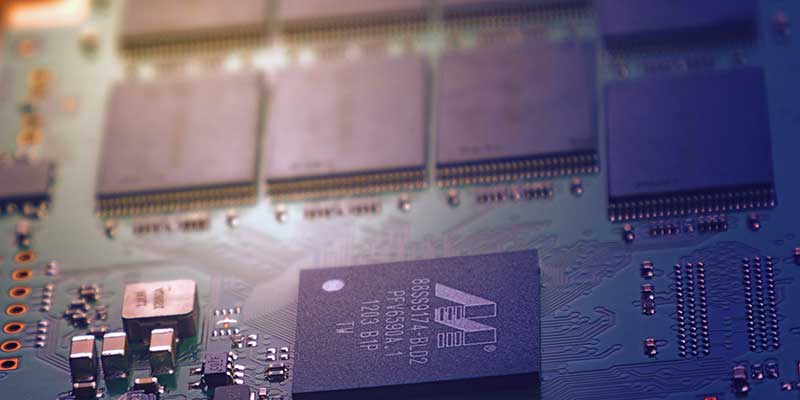Posts Tagged ‘ultrasonic pcb cleaner’
Selecting an Explosion Proof Ultrasonic Cleaner
Ultrasonic PCB Cleaners for New and Reconditioned Boards
Removing soldering flux and residues from new PCBs and dirt when reconditioning PCBs by using an ultrasonic PCB cleaner is faster and more gentle than soaking and scrubbing with sprays and solvents. Manual PCB cleaning is time consuming, can damage delicate PCB assemblies and can be environmentally unfriendly. An ultrasonic PCB cleaner provides your best…


